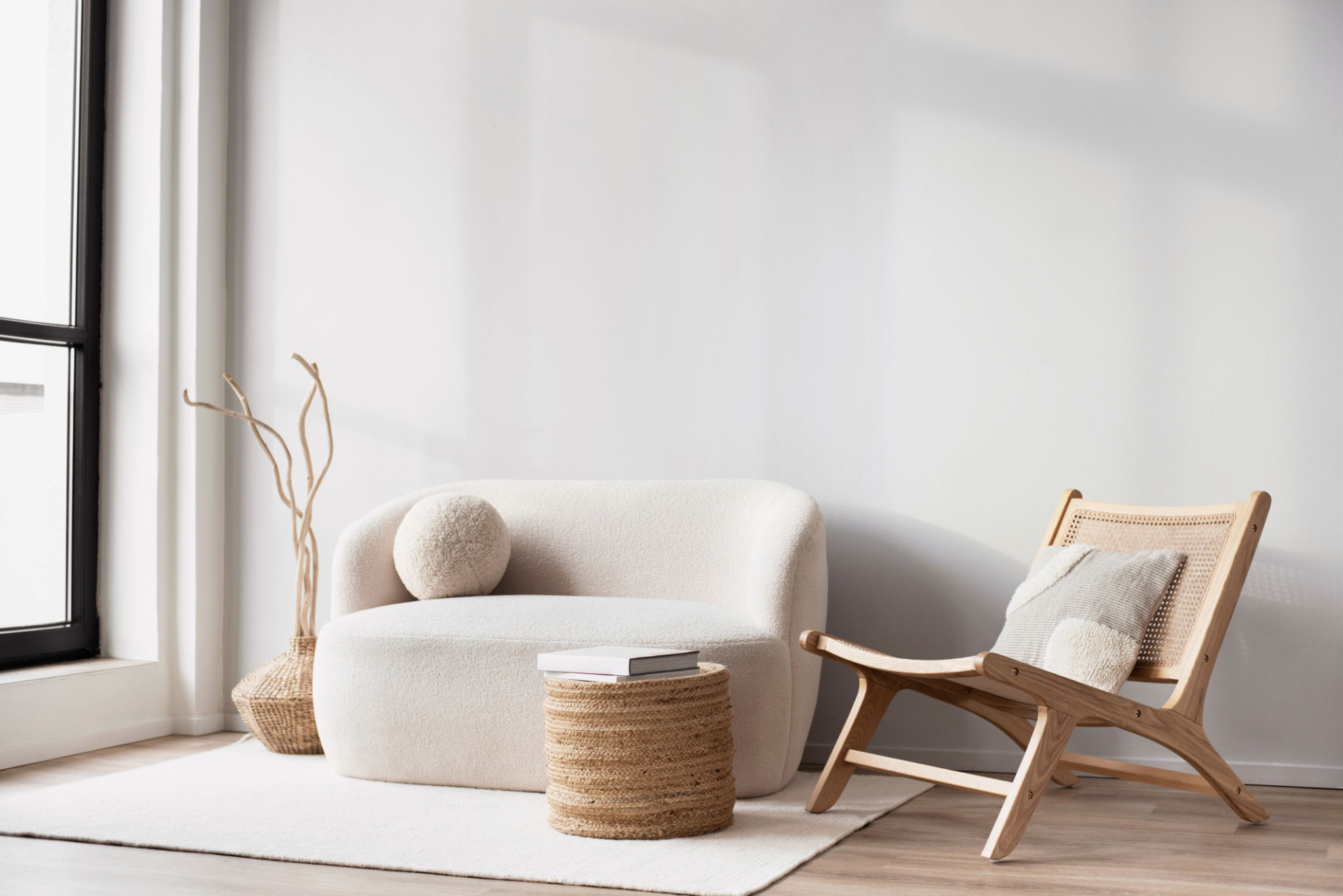Expert Insights: How Prefabricated Homes are Revolutionizing Urban Living
Understanding Prefabricated Homes
Prefabricated homes, often referred to as prefab homes, are revolutionizing the way we think about urban living. These homes are constructed using pre-manufactured sections, often fabricated off-site, which are then assembled on location. This method of construction offers numerous advantages, particularly in bustling urban areas where space and time are limited resources.
One of the most compelling benefits of prefab homes is their sustainability. The streamlined production process minimizes waste, and many prefab homes incorporate eco-friendly materials and energy-efficient designs. As urban populations continue to grow, the demand for sustainable housing solutions becomes increasingly critical.

The Rise of Modern Design
Modern prefabricated homes are a far cry from the cookie-cutter designs of the past. Today, these homes boast sleek, contemporary aesthetics that rival traditional architecture. Advances in technology have allowed for greater customization, enabling homeowners to select finishes and layouts that suit their personal tastes and lifestyles.
Architects and designers are embracing the prefab trend, creating innovative designs that maximize space while maintaining a strong connection to the surrounding environment. This approach not only enhances the aesthetic appeal of urban neighborhoods but also contributes to the overall well-being of residents by incorporating natural light and green spaces.

Cost Efficiency and Speed
Another significant advantage of prefabricated homes is their cost efficiency. The controlled manufacturing environment reduces labor costs and construction delays often associated with traditional building methods. This makes prefab homes an attractive option for urban developers looking to provide affordable housing solutions.
In addition to cost savings, the speed of construction is a major selling point. Prefabricated homes can be assembled in a matter of weeks, as opposed to months or even years for traditional builds. This rapid turnaround time is particularly beneficial in urban areas where housing demand is high and space is at a premium.

Addressing Urban Challenges
The compact nature of prefabricated homes makes them ideally suited to urban environments. By efficiently utilizing limited space, these homes offer a practical solution to the challenges posed by densely populated cities. Multi-story designs and modular expansions allow for increased housing density without sacrificing comfort or style.
Moreover, prefab homes can be strategically placed in underutilized urban spaces, such as rooftops or narrow lots, effectively transforming these areas into vibrant residential communities. This innovative use of space helps alleviate housing shortages while revitalizing neighborhoods.
The Future of Urban Living
The growing popularity of prefabricated homes represents a significant shift in how we approach urban living. As technology continues to advance, we can expect even greater innovations in prefab design and construction. From smart home integrations to cutting-edge materials, the future of prefab homes is bright and full of possibilities.
As cities strive to become more sustainable and resilient, prefabricated homes offer a viable solution that aligns with these goals. By embracing this modern approach to housing, urban areas can enhance their livability while reducing their environmental footprint.

Ultimately, prefabricated homes are not just a trend—they are a transformative force in the evolution of urban living. By combining efficiency, sustainability, and innovative design, these homes hold the promise of a better future for city dwellers worldwide.
